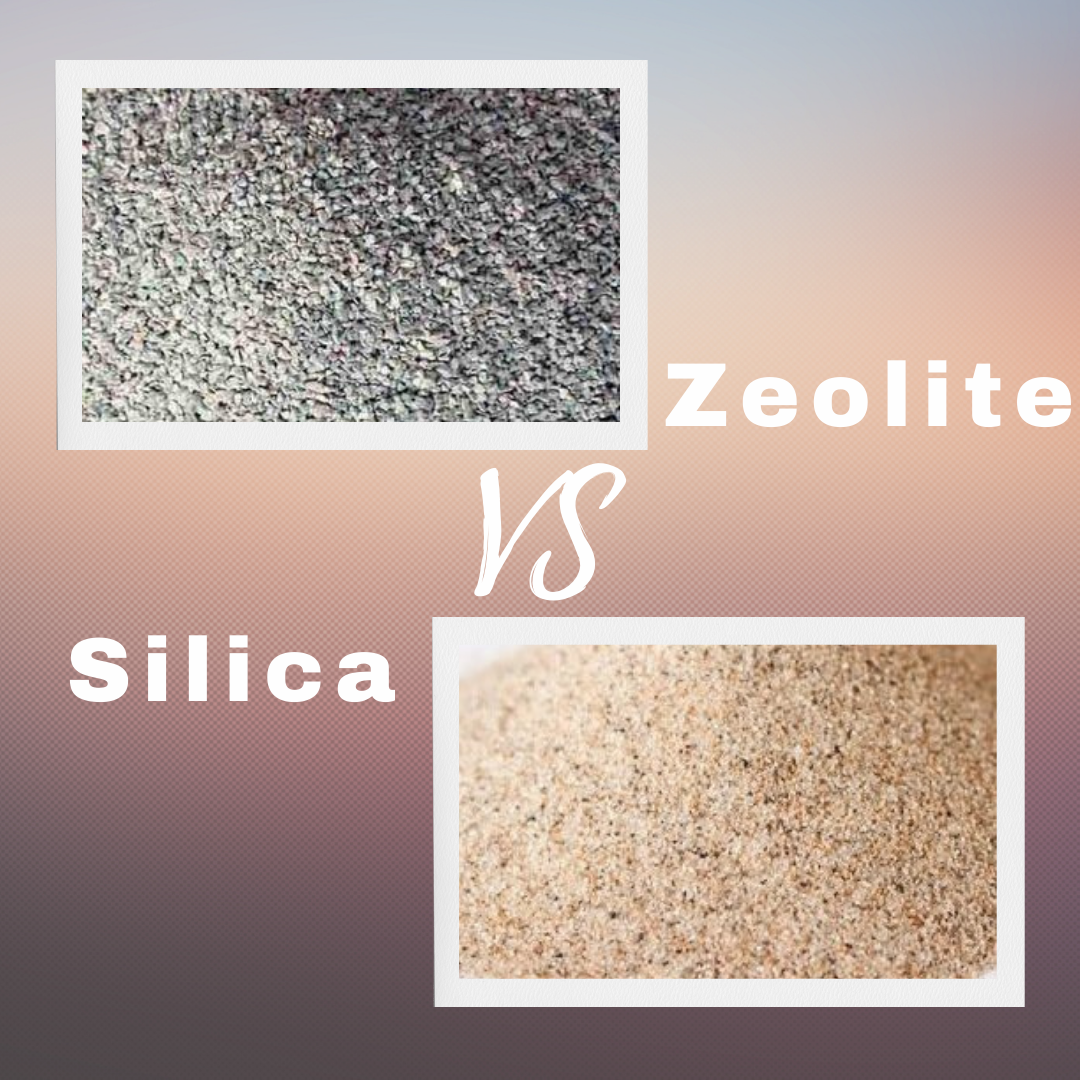
Should You Be Using Silica or Zeolite Infill Materials?
Infill is a vital step to the presentation and the longevity of your artificial grass, especially if you plan on using the area to place furniture or various play structures; there are a few choices, the most popular being Silica sand and Zeolite. This article will look at both materials and their specific uses to help you choose right.
Post Author:
Premium Grass Blades
Date Posted:
March 11, 2022
Share This:
Infill is a vital step to the presentation and the longevity of your artificial grass, especially if you plan on using the area to place furniture or various play structures; there are a few choices, the most popular being Silica sand and Zeolite. This article will look at both materials and their specific uses to help you choose right.
What Is Silica?
Silica sand, AKA industrial sand, quartz sand, or white sand, comprises two natural elements oxygen and Silica. It is a natural derivative of the mineral quartz, broken down into granular sand-like composition that is easily spreadable and safe for your family and pets.
Silica is one of the most popular infill materials for artificial grass due to its ability to inhibit the growth of algae, mold, and mildew. By keeping the backing of your artificial grass-covered and protected from harsh UV rays, Silica will help keep your grass cooler in the summer months. Permitting temperature shifts from night to daytime when synthetic grass can see a rise in heat transfer. This will significantly aid in the life of your artificial grass or putting green. Silica sand is also used to weigh down your artificial turf, keeping it in place and supporting your grass blades to stand nice and upright looking natural.
What Is Zeolite?
Zeolite is a naturally occurring mineral that mainly consists of silicon, aluminum, and oxygen; this mineral can be both naturally mined and produced industrially on a large scale.
Zeolites are used widely as catalysts and sorbents; their well-defined pore structure and adjustable acidity make them highly active in a large variety of responses. This is one powerful mineral, from nuclear waste reprocessing, solar energy storage uses, building materials, and cat litter; the list goes on and on.
The number one use for Zeolite on artificial grass is for pet odors. Due to its ability to trap molecules, Zeolite granules are spread out over artificial grass to help absorb pet odors such as ammonia from urine. Not only does this mighty mineral help keep your grass weighed down, but it will also help keep your grass blades standing upright and looking natural.
These infill products are widely used every day for artificial grass and hardscape; even water purification systems utilize these products. Our recommendations are always to ensure your artificial grass has an infill; the infill’s choice depends on your installer’s recommendation. If you have pets, they may recommend Zeolite; if you do not, the option may be Silica; if the area is not draining correctly, a mixture of both components could be what’s needed.
Both of these materials are relatively easy to add in the future. 0For example, if you find that your artificial grass is not standing as tall as it should or can smell pet odors, a quick reapplication will take care of that.
Conclusion
Silica and Zeolite are commonly naturally occurring minerals that are highly effective for artificial grass and many other things that are part of our everyday lives. Still not sure which would be best for you? Contact us today and allow our knowledgeable team to help guide you to get the most out of your artificial grass.


